Most biology textbooks carry the same definitions and descriptions of photosynthesis. Essentially, they indicate that chlorophyll “a” undergoes a complex series of biochemical reactions broadly referred to as photosystems I and II. This results in energy for the plant and the release of some by-products, including water vapor or oxygen. Chlorophyll a can only use direct sunlight of up to 700 nanometers in wavelength, in other words, red light. Therefore, 700nm is popularly accepted as the light furthest along the visible spectrum that could hypothetically support extraterrestrial life. This is because chlorophyll a is found in land-living plants and in the cyanobacteria that are thought to have kickstarted life on Earth by making much more oxygen available to the atmosphere. To this effect, several models that mimic (and even outperform) the act of photosynthesis by leaves have been designed and developed.
However, new research has turned these prevailing theories on their head by taking the alternative forms of chlorophyll into account. These molecules, including chlorophylls f and d, are also present in plants and bacteria. However, they are thought to function as photocells that merely collect and convert light energy so as to support the actions of chlorophyll a. These ‘alternative chlorophylls’ can also absorb light of longer wavelengths, even that of the infrared (IR) variety.
Function of Chlorophylls d and f in Photosynthesis
A recent project conducted at Imperial College and Queen Mary University in London, in conjunction with the Italian National Research Council, the Pierre and Marie Curie University and Integrative & Cellular Biology Institute in France and the Australian National University, has shown that chlorophylls d and f may have more extensive functions in some species.
This report, which can be found in a recent issue of Science, claimed that full photosystem I and II processes occurred in cyanobacteria grown in the presence of long-wavelength light. This light was provided by LEDs shining in the IR range, in otherwise darkened lab spaces.
This new form of photosynthesis used chlorophyll f in light of 745nm, and chlorophyll d or f in light of 727nm.
Interestingly, when this wavelength was increased to a maximum of 750nm, the cyanobacteria were reported to employ even more alternative forms of chlorophyll. These molecules acted as the photocells for chlorophylls f or d, just as they themselves support chlorophyll a, in shorter-wavelength conditions.
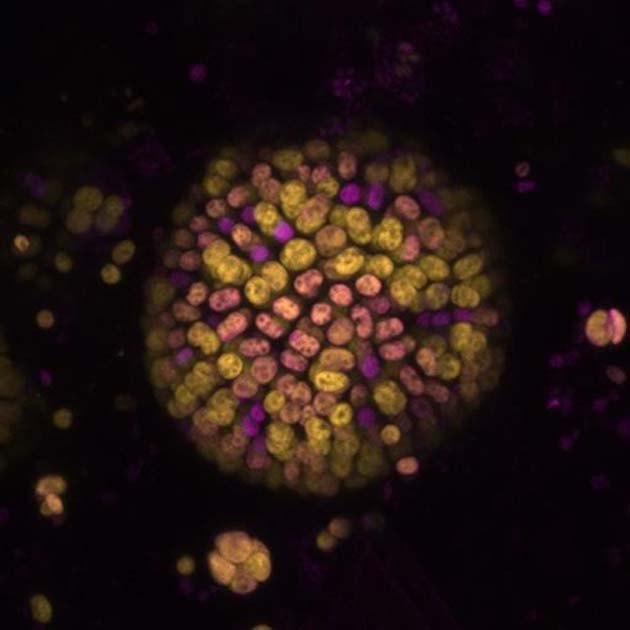
A colony of cyanobacteria used in this project, colored according to the chlorophyll variant used per cell (yellow: f, magenta: a). (Source: Dennis Nuernberg)
Future Implications of Study
These findings may explain how some cyanobacteria, plants or plant-like organisms survive below sea level. They may also prove that any life that exists beyond Earth may not need to uphold the so-called ‘red limit’ and thrive in the absence of what we think of as crucially necessary conditions (e.g., sunlight).
This paper may also have implications for chlorophyll variants and their activity in typical land-living plants. It now appears that chlorophyll f may be used to complete photosynthesis in its own right, in addition to its photocell functions. These findings may offer many explanations such as why plants that find themselves in the shade for part of the day do not die almost immediately as a result. Chlorophyll f may be present to convert near-IR radiation into chemical energy in these cases.
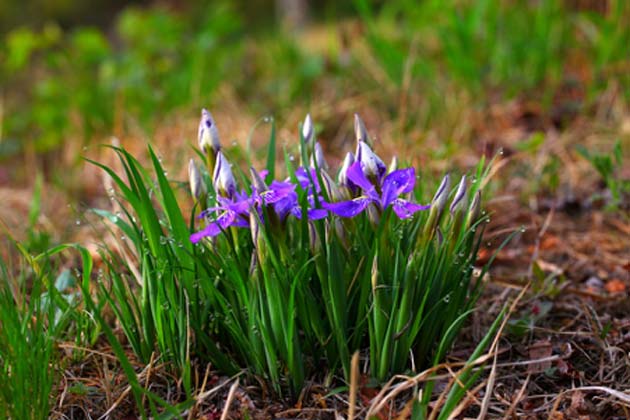
Typical green plants also have different chlorophyll variants; however, chlorophyll a was thought to be the main driver of photosystem I and II, prior to these findings. (Source: maxpixel.net)
These results should be validated and replicated before applying them to future research. Assuming that this is possible, many current models of alien life and how feasible it is on various bodies in the universe may have to be scrapped, or at least heavily re-evaluated.
For example, some models assume that too much IR light would be just as damaging to potential (or emerging) life as too much sunlight can be. However, it now appears that moderate exposure to light in this spectrum – with concomitant access to shade for part of a daily cycle – may well be tolerable for organisms that have evolved to express and use chlorophyll f analogs.
On the other hand, the paper on this new form of photosynthesis does not explain every aspect of cyanobacteria survival. For instance, it does not offer any insight as to how the bacteria respond to varying intensities of light without dying. Though, previous research work suggests that some cyanobacteria can express chlorophyll a, under brighter conditions, and that the ratios of different chlorophyll variants can change in these organisms in response to changing wavelengths.
However, the researchers behind the newer Science paper do point out that their work could inform efforts to breed new plants that can photosynthesize using progressively lesser solar energy. This could enhance and improve the crop-growing concerns of the future, which, in turn, could form the basis of a food supply that may have to conserve energy and resources as much as possible.
These new findings on photosynthesis and the role of various chlorophylls are a considerable departure from the classic model presented in existing educational and reference material. The successors of this text may now have to depict a new theory of the process with considerable alterations for the role of chlorophyll a, in most relevant cellular systems.
Furthermore, we may be less surprised to find that there is a form of life elsewhere in the universe that thrives in conditions that would be completely alien and hostile to us. Nevertheless, despite all this upheaval, the role of photosynthesis in life on Earth remains unchallenged.
Top Image: Prochlorococcus is a species of cyanobacteria. (Source: Planet Earth @ flickr)
References
New type of photosynthesis discovered, 2018, ICL News, https://www.imperial.ac.uk/news/186732/new-type-photosynthesis-discovered/ , (accessed 19 Jun. 18)
D. J. Nürnberg, et al. (2018) Photochemistry beyond the red limit in chlorophyll f–containing photosystems. Science. 360:(6394). pp.1210-1213.
R. L. Airs, et al. (2014) Chlorophyll f and chlorophyll d are produced in the cyanobacterium Chlorogloeopsis fritschii when cultured under natural light and near-infrared radiation. FEBS Lett. 588:(20). pp.3770-3777.

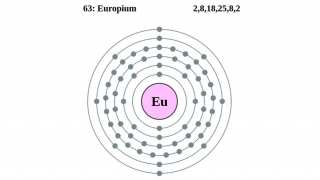
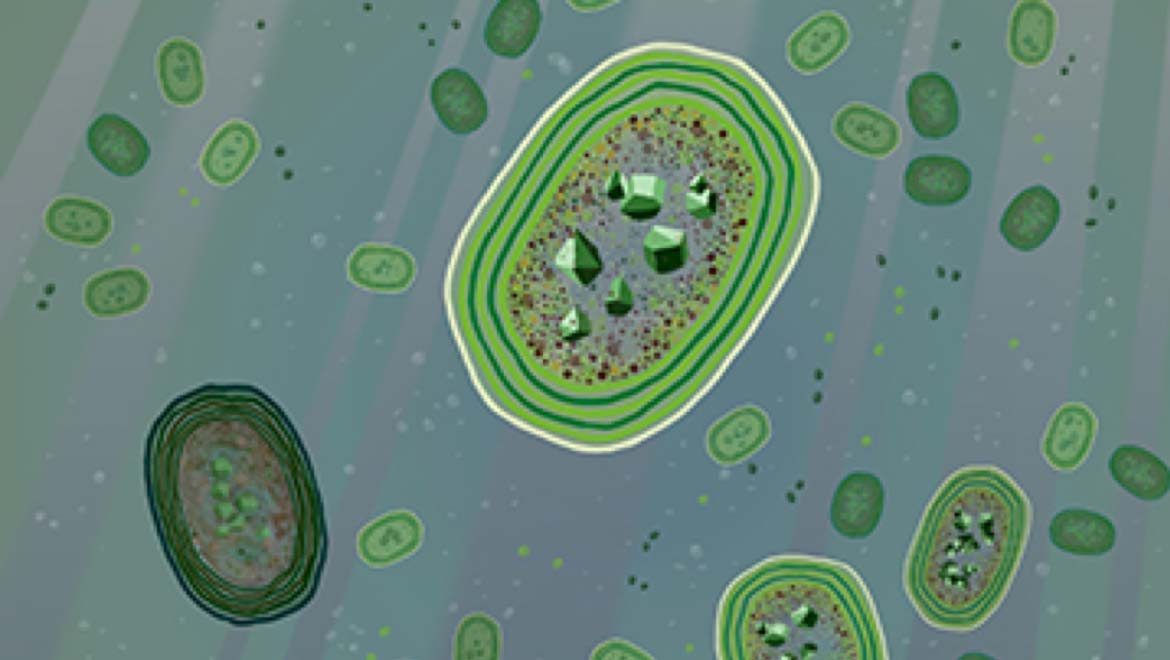



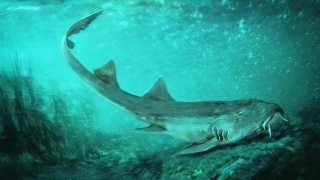
No comment